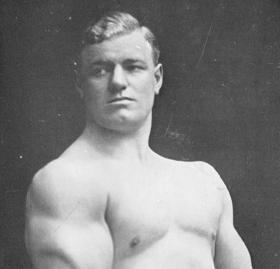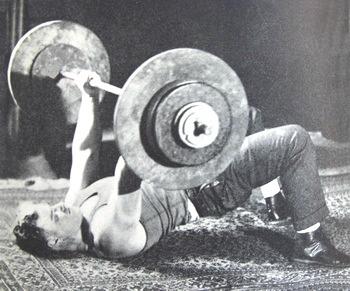Gonna dip into the mailbag today and answer a couple questions.
——
I had a question that relate to both my bridging, and hand balancing. When I do either, the blood rushes to my head very soon, not letting me hold either very long. Is this normal? Will it go away after more time? Are there any special ways to get around this? I would like to be able to work on both more than I am able to now because of that. Thank you for you great websites and emails!
Thank you,
Justin
That’s just a sign of gravity doing its job. The human body is not normally use to being upside down so when you start out it can cause you to feel like your head is about to explode.
I would guess that this happens to most people in one degree or another. And it will get better with time just as you become accustom to the position.
In addition, here’s two things to try out. Holding your breath compounds this problem. Make sure you are breathing easily while you bridge or do handstands. It can be tough in the beginning but you need to breathe for best results.
Second you can do an exercise specifically to get yourself familiar with being upside down. Just go up into a headstand (against a wall or not) and hold for a long time. With practice you’ll be able to do this for minutes at a time. And then you’ll be able to deal with blood rushing to your head.
—–
Handstands are really frustrating to me. For a while now I’ve been having consistent 3 sec handstands and it hasn’t been improving. I’m also a bboy and my planches are better than my handstands, I can hold a planche-ish thing with my body horizontal and my back bent with my legs slightly at an angle. Kinda like this \_. Any tips?
Nate
I think the fact that you are strong from break dancing may actually be holding you back on the handstand. The handstand is really a balanced position. You don’t want to have to rely on your strength to hold you there, unlike the planche.
Professor Orlick use to say that it was easier to teach a little kid the handstand than a strong weightlifter because the kid would have to find the balance, while the weightlifter would try to use his strength. If you want to hear more from Prof. Orlick check out the Hand Balancing Mastery Course.
Its hard to say without some more details but give either of these techniques a try. If you are underbalancing, going toward that planche, push back upwards into the handstand. If you find yourself overbalancing correct yourself and get back to neutral.
But the main thing is to just keep working on it. Set a goal to hit 5 seconds and work on that. Really get a feel for the position. In time it will come.
Good Luck and Good Hand Balancing,
Logan Christopher










